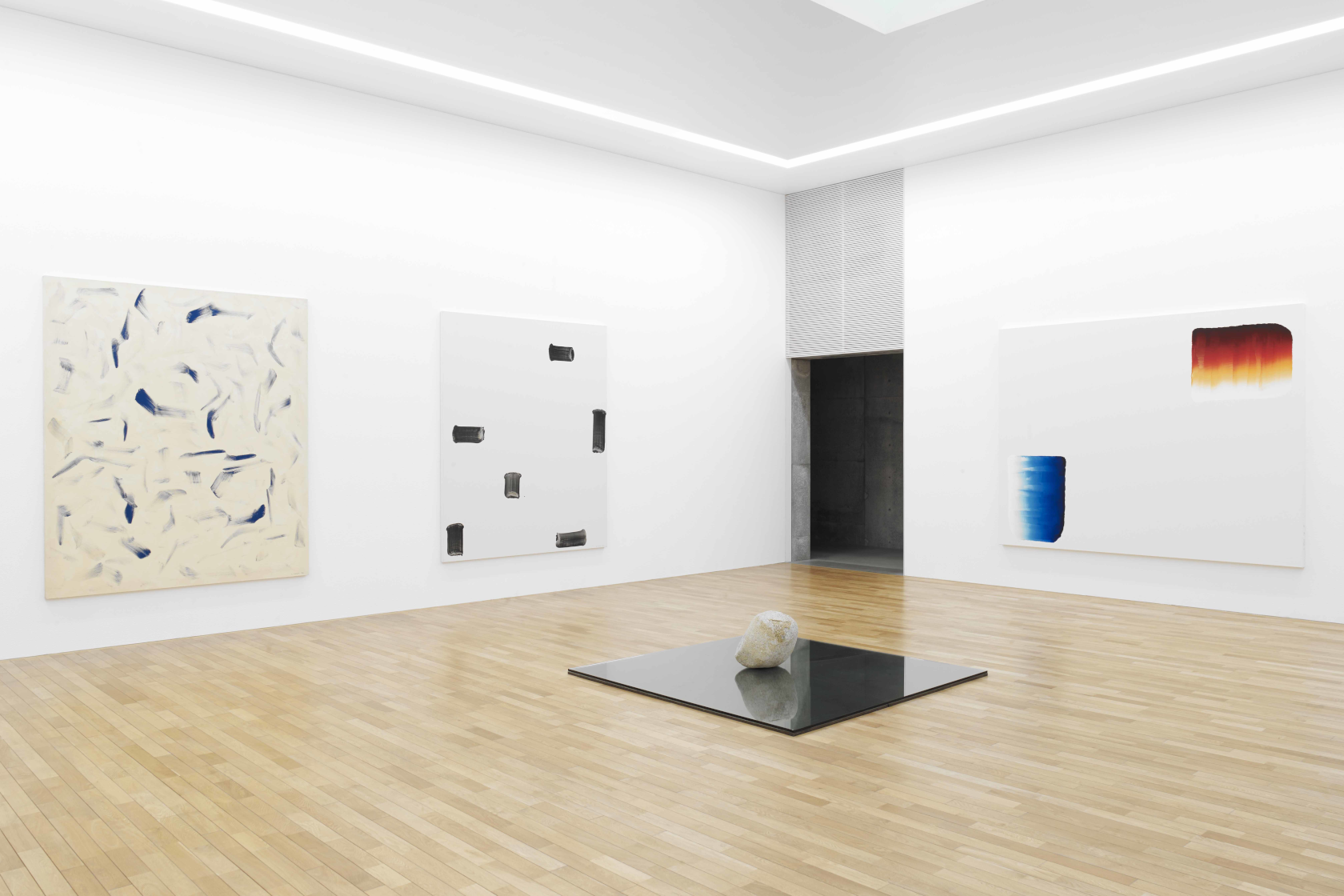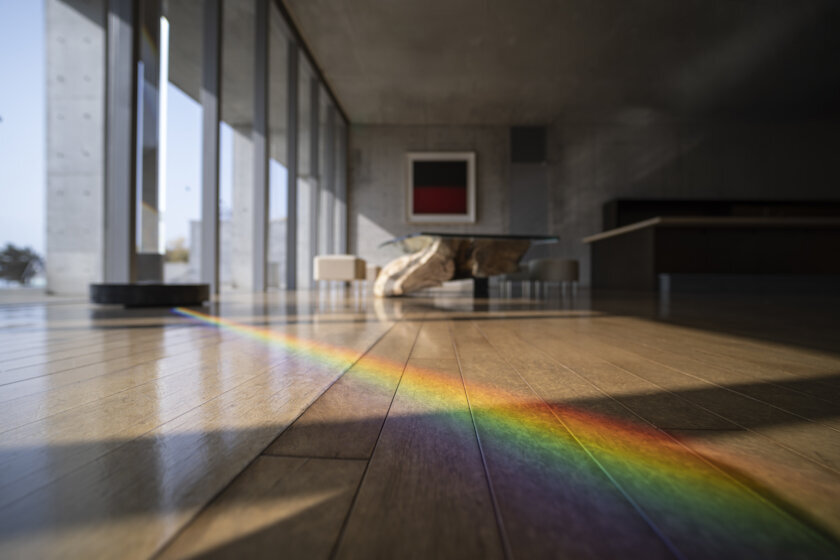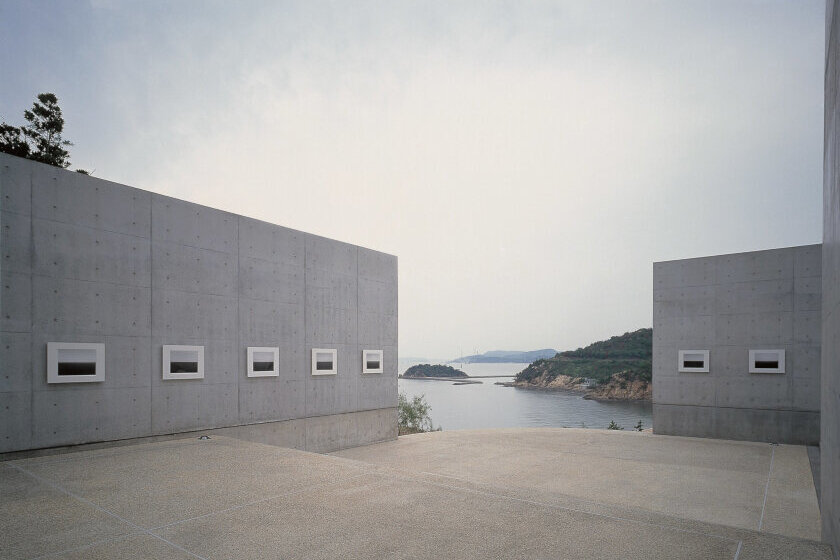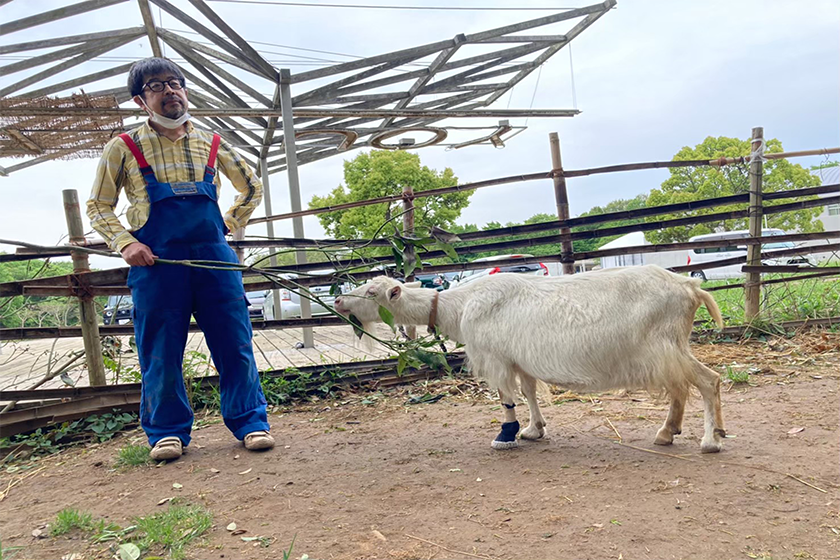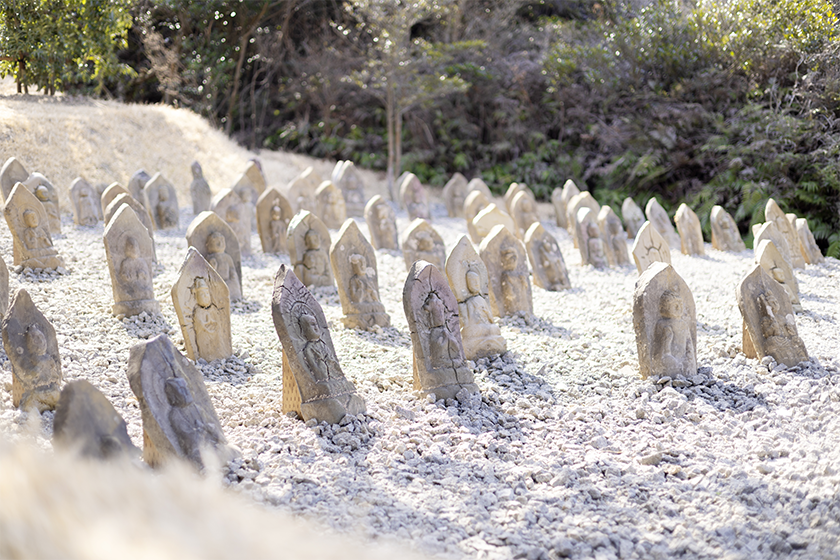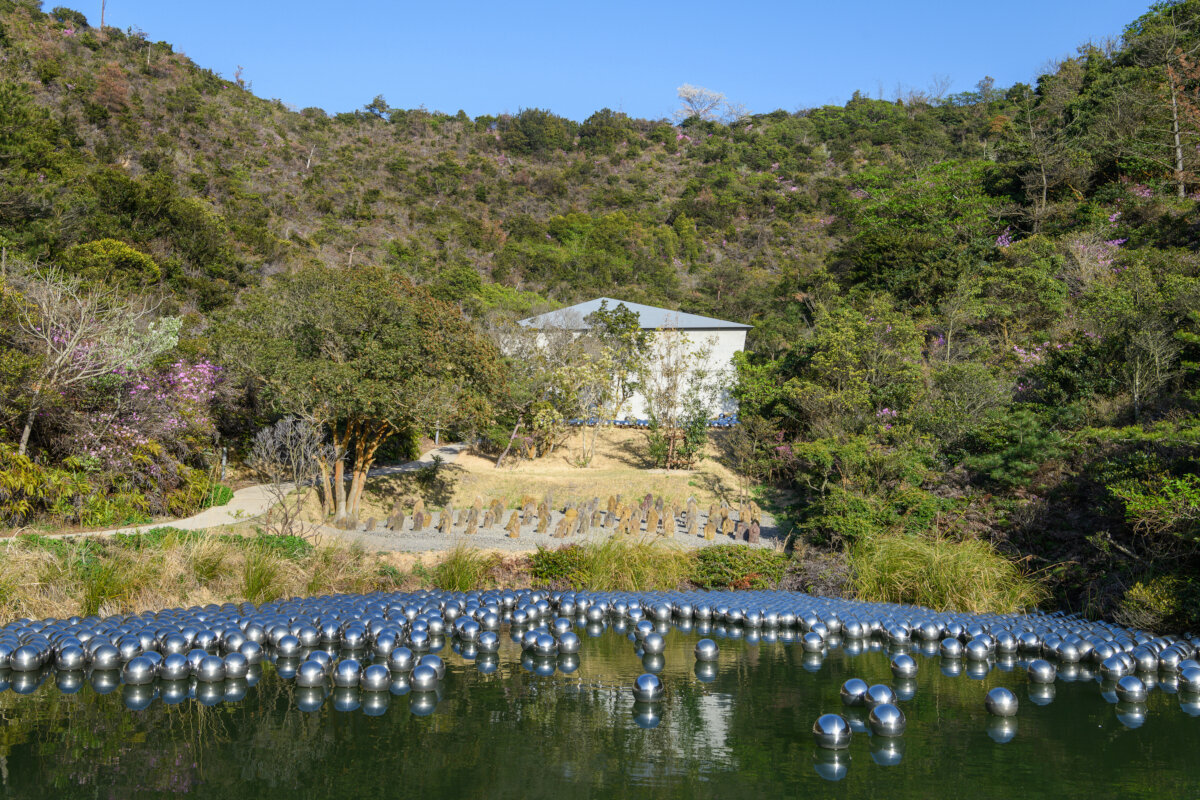Lee Ufan: Outward-bound Spirit / The Road Towards Infinity (#1)
2022 was a momentous year that affirmed Lee Ufan's rising worldwide reputation, with the grand opening of Lee Ufan Arles, a museum dedicated to the artist's work, and his first major retrospective in Tokyo held at the National Art Center, Tokyo.
Lee Ufan led "Mono-ha," a historically significant art movement in post-war Japan since the late 1960s. He is renowned for his sculptures, paintings, and essays based on his philosophy that everything exists upon mutual relationships with others.
The first museum in the world dedicated to the artist is located in Naoshima, Kagawa, founded in 2010. When I asked him about the museum in Naoshima, Lee commented that he had not been entirely enthusiastic about the idea when Soichiro Fukutake, president of Benesse Art Site Naoshima, who had been fascinated by Lee's exhibition at the 52nd Venice Biennale in 2007, asked him to create a museum dedicated to his work.
When Tadao Ando proposed that they visit the site together with Fukutake, Lee ultimately decided to travel to the island despite his initial response. There, Ando told him, "You don't have to stick to the idea of creating a museum, but you can surely imagine a space you would like to create, no?" With this, Lee was able to envision the project and began to work on it. It was his first visit to Naoshima, "an island of art," and he was surprised that the island was simply an ordinary one at first glance. As he grew familiar with the place, however, he became convinced that art was compatible with the island due to the mediocre ordinariness of the place.
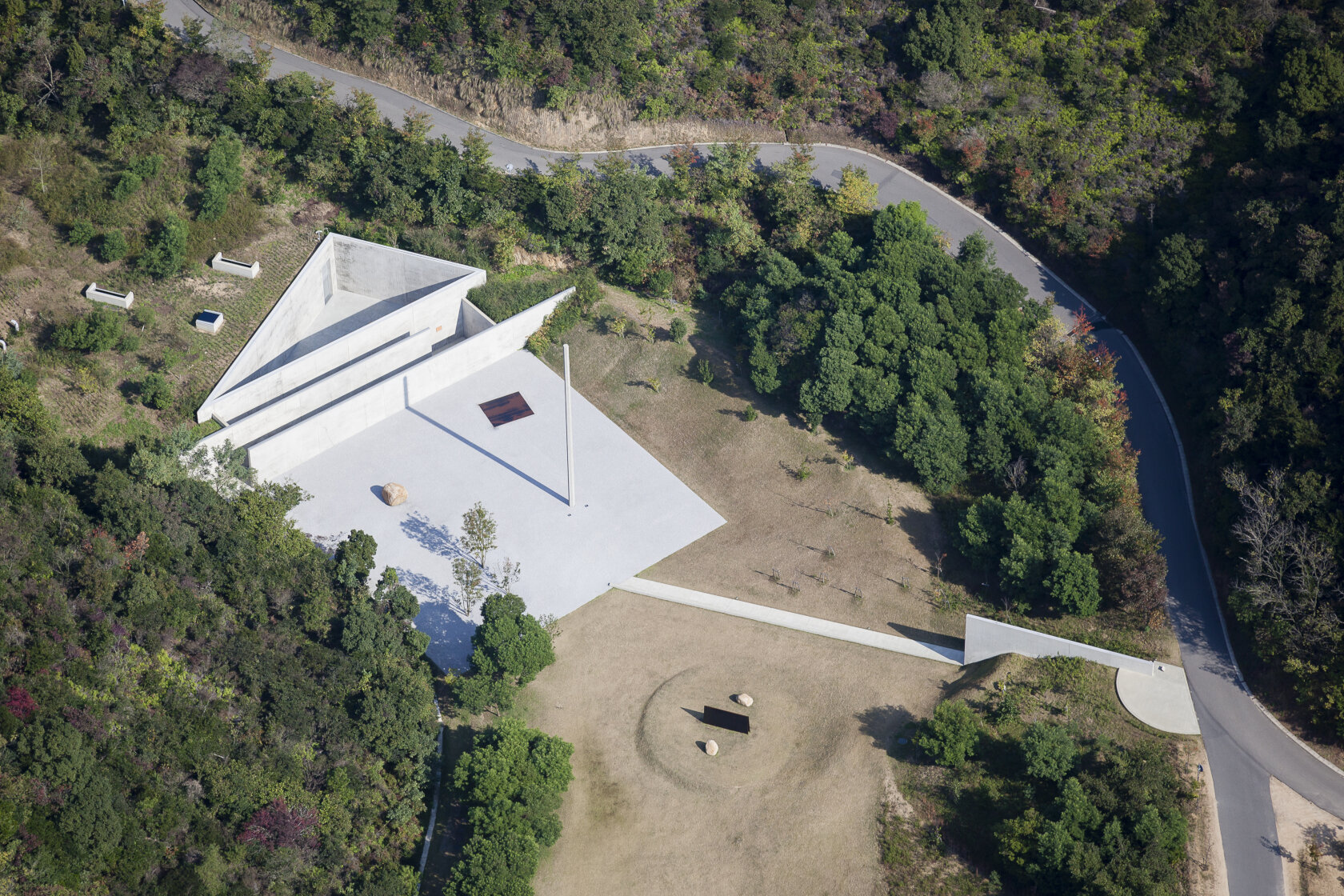
As he explained in a non-efficiency-oriented manner and in chronological order about how the museum developed from the beginning, instead of first providing a conclusion or result, one could suppose that to Lee, the relationships between his work and the surrounding space and location, as well as his conversations with others, are part of his creative activity, and the entire process of thinking as working and working as thinking is an "open field."
Following the guiding principle he discusses as, "Rather than making an object that is to be seen, I prefer to offer a visual opportunity to encounter the world,"*1 Lee has created places for conversations between himself and others while limiting his activity of making as much as possible. His idea as such is often said to have developed through his way of life.
As he recounts, Lee experienced several hardships, struggling without peers and without protection by any country. He was criticized and misunderstood, but as he nevertheless continued his work with obstinacy, perseverance and self-discipline, changes began to take place in the Asian political and economic situation, global values, and the view of the world, and he found his ideas becoming accepted.*2 Let us look closer at the course of time the artist has lived across.
*1 Lee Ufan, "Correspondance", Lee Ufan Museum, the Fukutake Foundation, 2015. 7.
*2 Lee's spoken words at the press conference in June 2022 before his 2022 solo exhibition at National Art Center, Tokyo, and from his interview.
From a Mountain Village to Busan and to Seoul, Korea
Lee Ufan was born in 1936 to an old-established family that once dealt with Chinese medicine in Gyeongsangnam-do in the southeast part of the Korean Peninsula. While his birthplace was a remote mountain village permeated with Confucianist systems, Shamanism, and Buddhism, his grandfather always insisted that he should leave the village and see the outside world.
Growing up around his father who was traveling around as a journalist working for a newspaper and his mother who was knowledgeable about classic literature and read books aloud very often as if singing, Lee as a young boy began to learn poetry, Chinese classics, and calligraphy from a man of letters who frequently visited his house.
As the artist remembers, his childhood experiences as such are still influential and it seems he is "still even now absorbing and processing them in some way or another." Endowed with such a cultural and enlightening environment, he was taught how to use brushes properly and how to draw dots and lines to represent basic elements of all phenomena in nature at a very young age, which became the essence of his creative activity.
Lee attended a primary school where education was conducted in Japanese under the rule of Japan. As he had to speak Japanese at school and Korean at home, he was confused. However, a year and a half later in 1945, World War II ended and Japan was defeated.
In less than six months after he enrolled in a junior high school in Busan, the Korean War broke out. He entered the co-ed high school affiliated with Seoul University temporarily located in Busan, in which he became interested when he discovered it by chance on the way home from gathering plants in the mountains. Since the battlefield of the war shifted, however, he had to move to Seoul as the high school moved back to the city.
With his longing for a broader external world affected by warfare, the teachings of his education-minded grandfather, the relationship with the outside world influenced from his father, and his inclination towards literature inherent from his mother, and also encouragement by several coincidences, Lee relocated from a mountain village to Busan and then to Seoul, the capital city of South Korea.
Across the Sea to Japan, from Literature to Contemporary Art
While Lee was devoted to literature and not interested in art when he was a high school student, his teacher persuaded him to major in art because of its relation to literature. He entered the College of Fine Arts at Seoul National University. After a while, asked by his father, Lee had to travel to Japan to deliver Chinese herbal medicine to his uncle who lived in Japan and fell ill. He stowed away to Japan because Korea had no diplomatic relations with Japan back then. When he arrived in Japan, his uncle told him not to return to Korea and Lee stayed in Japan.
Not knowing how to speak the Japanese language, Lee took Japanese lessons at Takushoku University and entered the Department of Philosophy of Nihon University, a newly established major. At the time, he was not yet enthusiastic about art but made the decision to study aesthetics and social philosophy only because he thought it might help him in pursuing literature for years to come. In fact, he studied about Rilke, Heidegger and became interested in Nietzsche, Phenomenology and Structuralism at the university, which made a major impact on the development of his thought later on.
While keeping his passion for literature, he soon found that writing in a foreign language was difficult and decided to continue his studies at the graduate college there. When he was briefly back in Korea, the so-called "May 16 Coup" took place. This kept him from attending the graduate program because he could not return to Japan in time.
Since around that time, Lee was involved with the Korean Reunification Movement and experienced torture in the 70s when he was in Korea, but gradually grew apart from the group because he found himself not fitting in. It was when he had nothing to do but work part-time that he encountered contemporary art.
As Gallery Shinjuku opened in the building of the Korean Scholarship Foundation, where Lee was working, he came to know Japanese art critics and artists such as Junzo Ishiko, Yusuke Nakahara, Genpei Akasegawa, and Natsuyuki Nakanishi.
Lee had created drawings and paintings from time to time since he was a student and had sold them to earn a living. Around the years of 1958-59, he created paintings inspired by artists such as Jackson Pollock and Mark Tobey, whom he saw in books and found interesting. However, what directly led him to pursue an artistic career was his encounter with various people at Gallery Shinjuku, rethinking reality through the optical illusions that he experienced at exhibitions he visited in those days, and finding critical examinations of pre-existing ideas intriguing.
Lee describes that he thought for the first time that he could be an artist when he showed his work at Sato Gallery in 1967, the first exhibition that was based on particular concepts. He became confident that he could make art as his career when he showed paintings in fluorescent pink at the "Contemporary Korean Painting" exhibition at the National Museum of Modern Art, Tokyo in 1968.
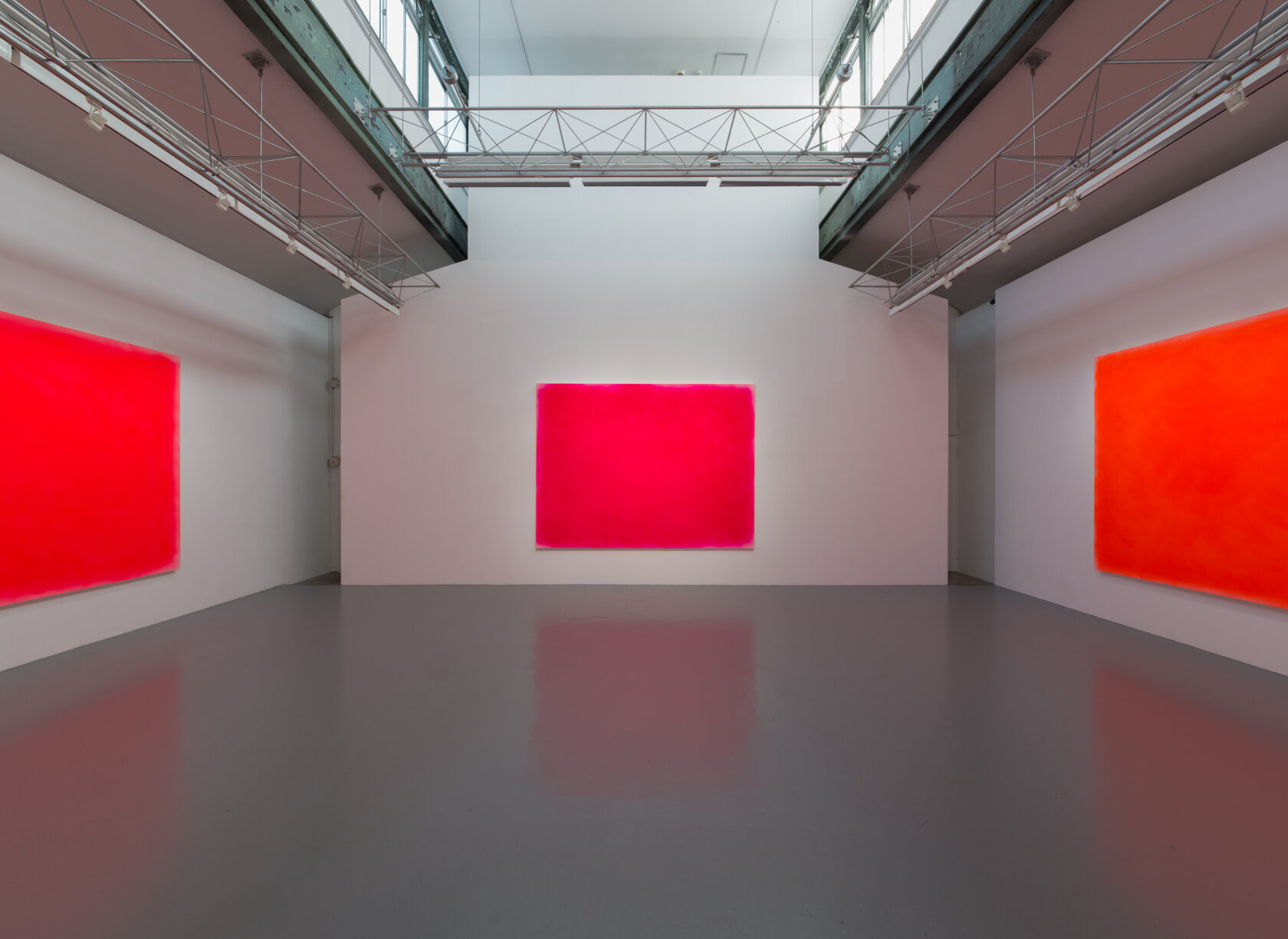
In the same year, Lee, having made acquaintances with Nobuo Sekine and his peers who later became known as "Mono-ha," wrote a critical essay, "From Object to Being." As he was inquiring how to transcend tricks, he was shocked at Phase--Mother Earth by Nobuo Sekine exhibited at the "1st Kobe Sumarikyu Park Contemporary Sculpture Exhibition," composed of a cylindrical tower of earth dug out of a hole of the same shape in the ground next to it.
Discovering the significance of seeing the world as it was and the meaning of "not-creating" unlike the Western and Modernist, human-centric attitudes of objectifying things, Lee wrote an essay about Sekine while creating the first pieces of his Relatum series which suggest visual conflicts and brutality composed of natural stones, glass, and other materials around the same time.
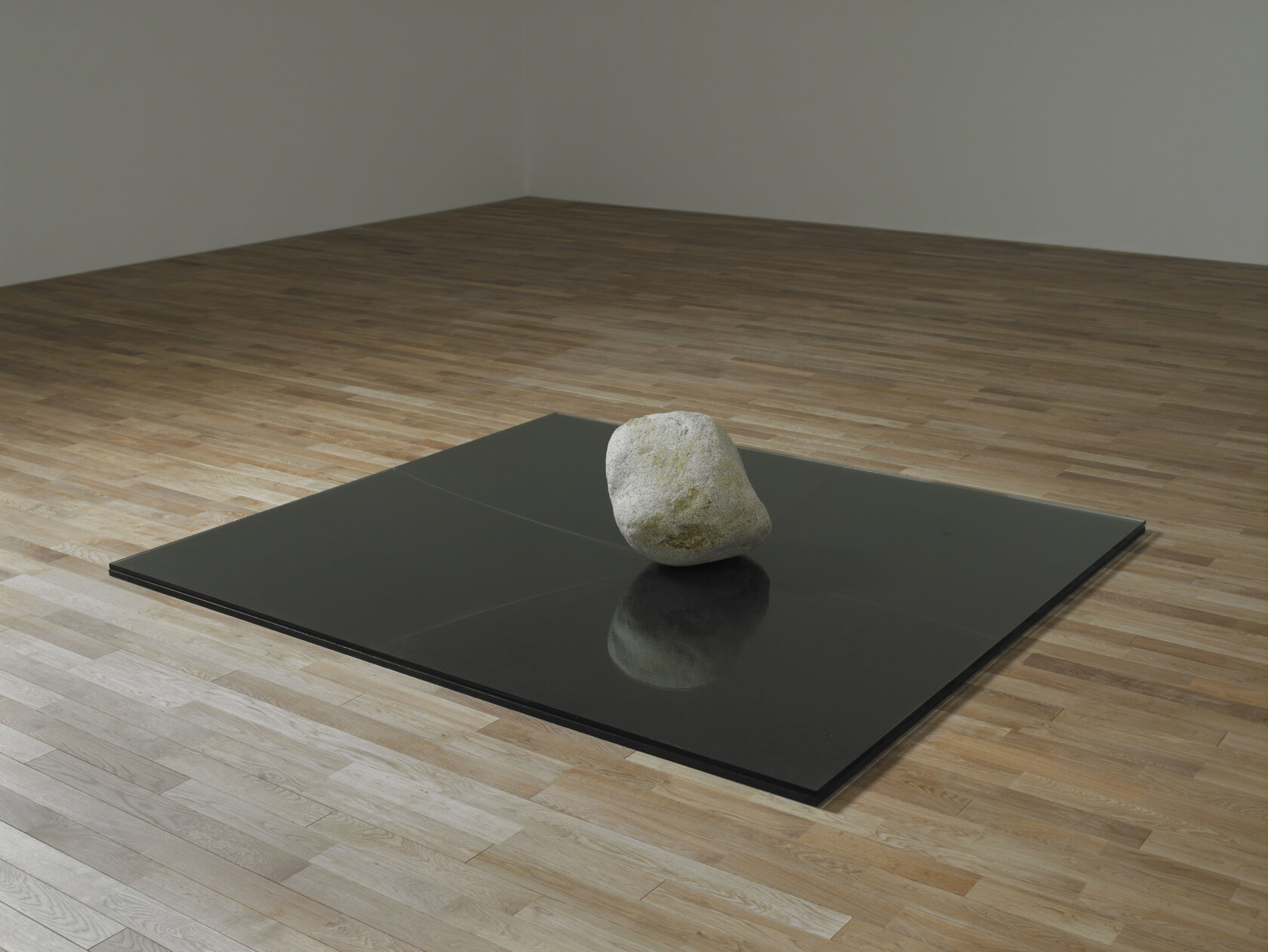
Since then, Lee became known as the theoretical leader of Mono-ha. However, he never wanted to be a theorist; he could not help writing because no one else could understand or write about the works properly.
One cannot go back and forth between theory and practice without both literary and philosophical disposition. For Lee, who is able to do so as well as think about elements other than art and ambiguity in his work, this holds great meaning to his practice and has secured him a unique position as a contemporary artist.(Go to "Lee Ufan: Outward-bound Spirit / The Road Towards Infinity (#2)")
Akiko MikiBenesse Art Site Naoshima International Artistic Director / Director, Naoshima New Museum of Art (Open in Spring 2025)
Former Chief and Senior curator, Palais de Tokyo (2000-2014), Co-director, Yokohama Triennale 2017 and Artistic Director of its 2011 edition among others. She was also guest curator for many large-scaled exhibitions including the ones of Japanese artists such as Nobuyoshi Araki, Hiroshi Sugimoto, Takashi Murakami at major museums in Asia and Europe as Barbican Art Gallery, Taipei Fine Art Museum, National Museum of Contemporary Art, Seoul, Mori Art Museum, Yokohama Museum of Art, and Kyoto City KYOCERA Museum of Art.

